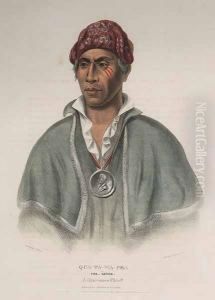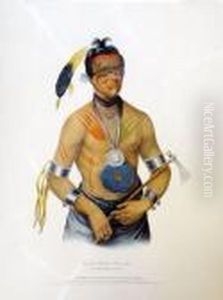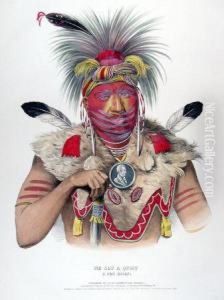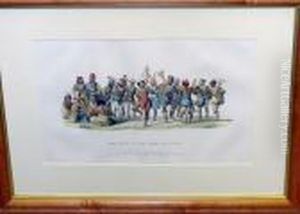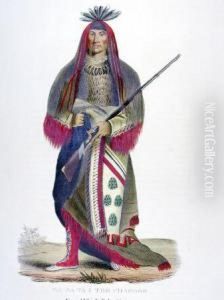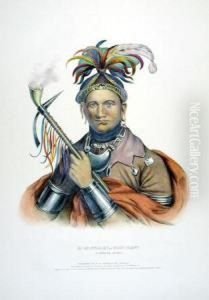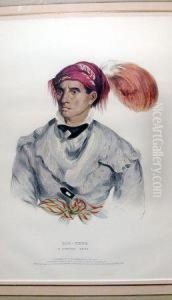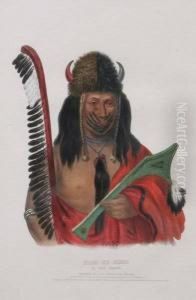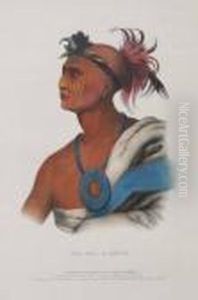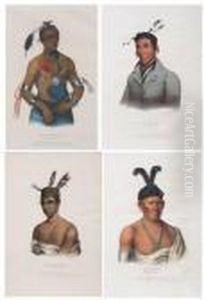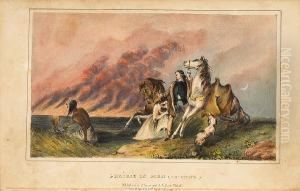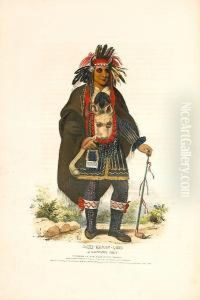Mckenney Thomas & Hall James Paintings
Thomas Loraine McKenney and James Hall are not individual artists but rather collaborators on one of the most important works related to Native American history and portraiture. Thomas L. McKenney was born in 1786 and served as the United States Superintendent of Indian Trade from 1816 until the office was abolished in 1822. He then became head of the newly formed Indian Bureau within the United States Department of War, serving until 1830.
McKenney was an advocate for the government's 'civilization' program, which aimed to assimilate Native American tribes into European-American agricultural practices and lifestyle. However, he was also dedicated to preserving a record of Native American culture and leaders, which he feared was quickly disappearing. McKenney commissioned and collected portraits of Native American leaders who visited Washington, D.C. for negotiations, which were painted by various artists of the time, including Charles Bird King.
James Hall, born in 1802, was a lawyer, judge, and treasurer of the state of Illinois. He became known later as a writer and a literary figure, particularly for his works related to the western frontier. Hall contributed biographical sketches and other texts to accompany the collection of portraits that McKenney had compiled.
Together, McKenney and Hall produced the multi-volume work 'History of the Indian Tribes of North America,' which was first published in three volumes from 1836 to 1844. This work included hand-colored lithographs made from the original portraits, and it became a key resource for historical and cultural information about Native American leaders of the 19th century.
Unfortunately, many of the original paintings were destroyed in the Smithsonian fire of 1865, making the McKenney and Hall lithographs even more significant as one of the few surviving visual records of these Native American leaders. Thomas L. McKenney died in 1859, and James Hall died in 1898. Their collaboration remains a monumental achievement in the intersection of art, history, and ethnography.
